Galileo (Galileo),
Galileo (Galileo),
Galileo Figaro,
Magnifico!
- “Bohemian Rhapsody” (1975)
Introduction
Galileo was an American robotic space probe that studied the planet Jupiter and its moons, as well as the asteroids Gaspra and Ida. Named after the Italian astronomer Galileo Galilei, it consisted of an orbiter and an entry probe. It was delivered into Earth orbit on October 18, 1989, by Space Shuttle Atlantis, during STS-34. Galileo arrived at Jupiter on December 7, 1995, after gravitational assist flybys of Venus and Earth, and became the first spacecraft to orbit an outer planet.
The Jet Propulsion Laboratory built the Galileo spacecraft and managed the Galileo program for NASA. West Germany's Messerschmitt-Bölkow-Blohm supplied the propulsion module. NASA's Ames Research Center managed the atmospheric probe, which was built by Hughes Aircraft Company. At launch, the orbiter and probe together had a mass of 2,562 kg (5,648 lb) and stood 6.15 m (20.2 ft) tall.
Spacecraft are normally stabilized either by spinning around a fixed axis or by maintaining a fixed orientation with reference to the Sun and a star. Galileo did both. One section of the spacecraft rotated at 3 revolutions per minute, keeping Galileo stable and holding six instruments that gathered data from many different directions, including the fields and particles instruments (this build unfortunately does not).
The atmospheric probe was built by Hughes Aircraft Company's Space and Communications Group at its El Segundo, California plant. It weighed 339 kilograms (747 lb) and was 86 centimeters (34 in) high.
Galileo was intentionally destroyed in Jupiter's atmosphere on September 21, 2003. The next orbiter to be sent to Jupiter was Juno, which arrived on July 5, 2016.
SOURCE: Wikipedia
Activation Guides:
AG-1 = Detacher
AG-2 = Parachute 1
AG-3 = Top Cover and Parachute 2
AG-4 = Heat Shield
Instructions to Deploy Probe:
Activate AG-1 to separate probe from spacecraft.
Activate AG-2 to deploy the first parachute.
Activate AG-3 to jettison the top cover from descent module; the second parachute will be deployed simultaneously.
Activate AG-4 to jettison heat shield from probe.
NOTE:
If you want the spacecraft to remain, it must remain level flight by constantly pulling
the nose up slightly.
Screenshots:
Anyways, enjoy ;)
Specifications
Spotlights
- ShinyGemsBro 5 months ago
- SomeSPGuyWhoLikesLore 5 months ago
- EagleMan010 5 months ago
- DynamicHorizon 5 months ago
General Characteristics
- Created On Android
- Wingspan 35.2ft (10.7m)
- Length 24.1ft (7.3m)
- Height 58.0ft (17.7m)
- Empty Weight N/A
- Loaded Weight 9,381lbs (4,255kg)
Performance
- Power/Weight Ratio 131.748
- Wing Loading 193.7lbs/ft2 (945.7kg/m2)
- Wing Area 48.4ft2 (4.5m2)
- Drag Points 24922
Parts
- Number of Parts 275
- Control Surfaces 0
- Performance Cost 756



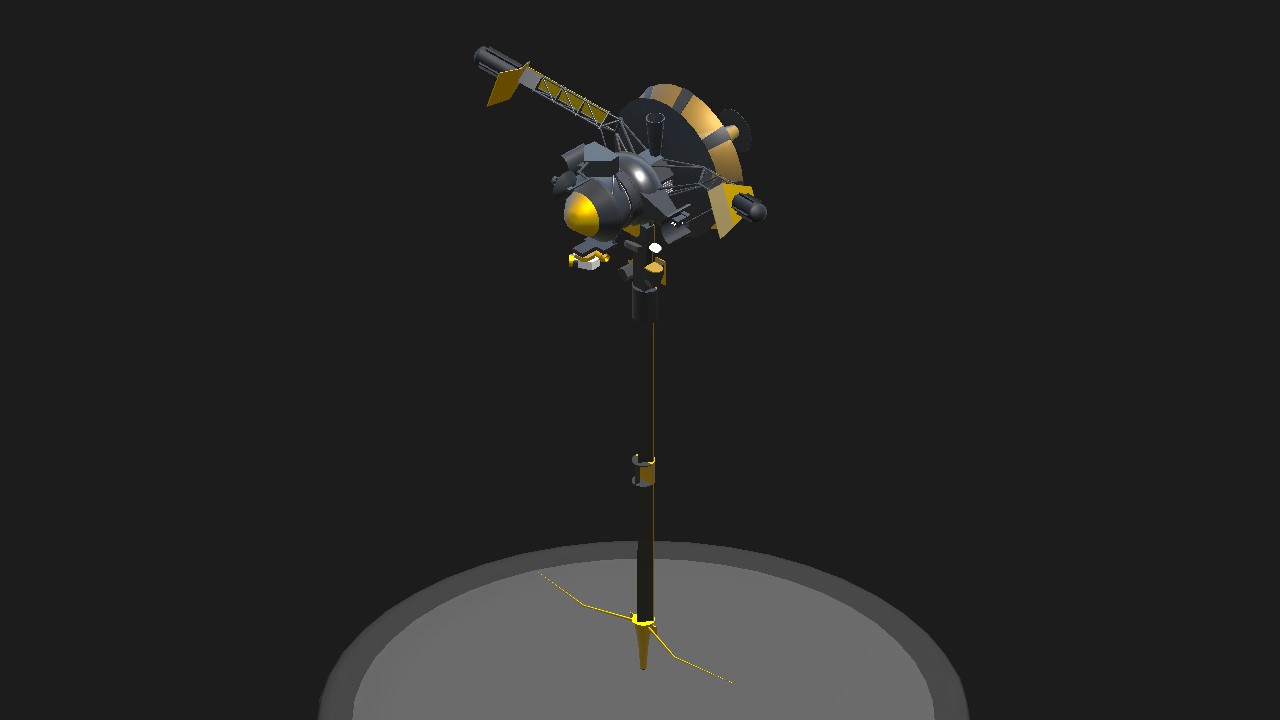

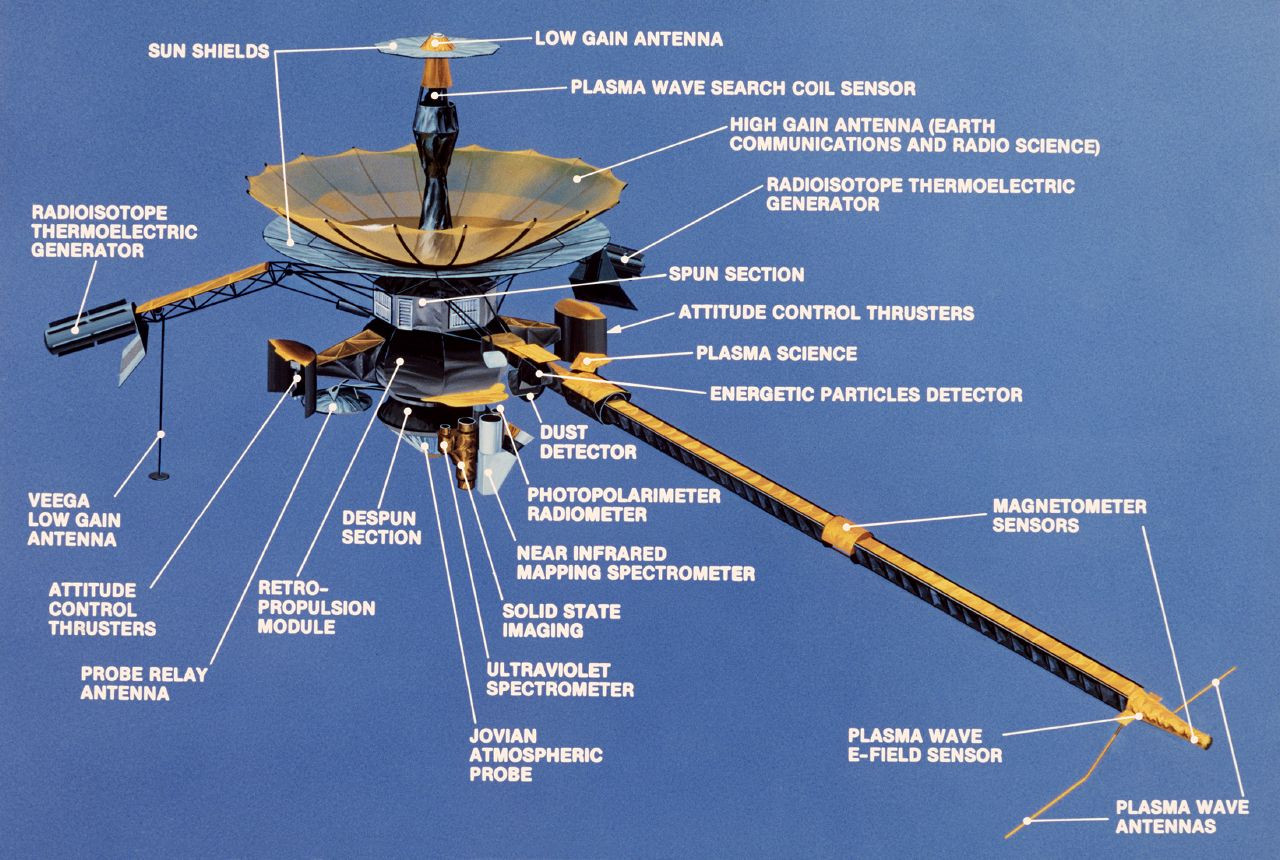
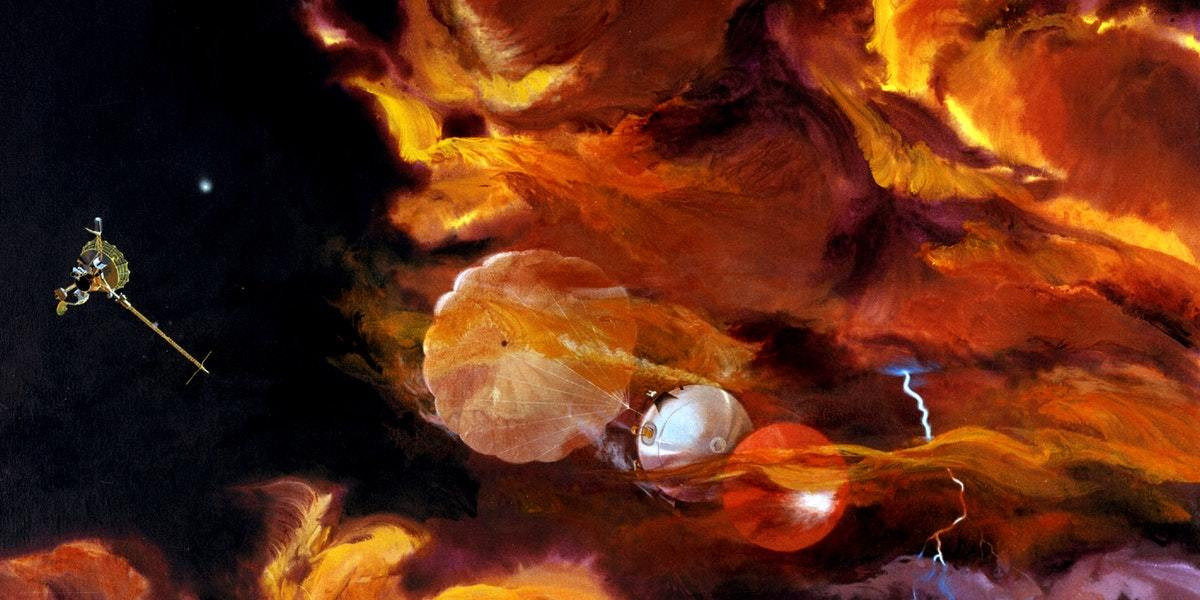
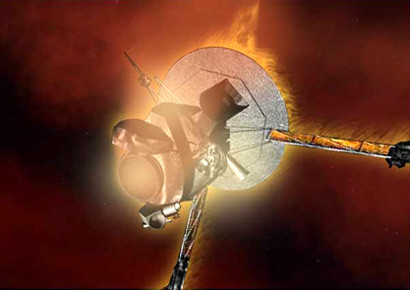

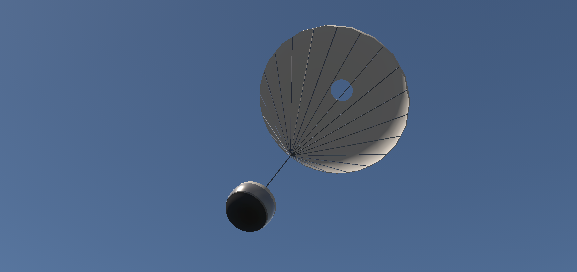

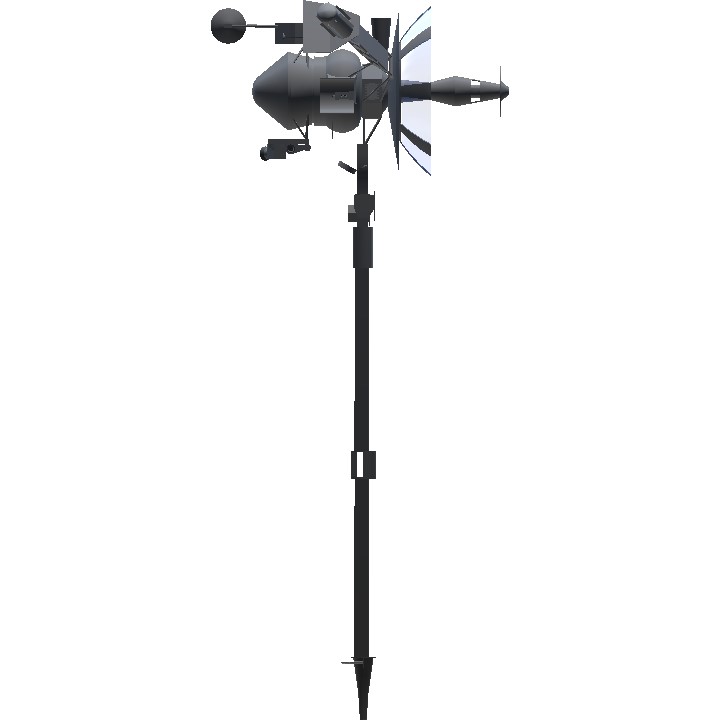
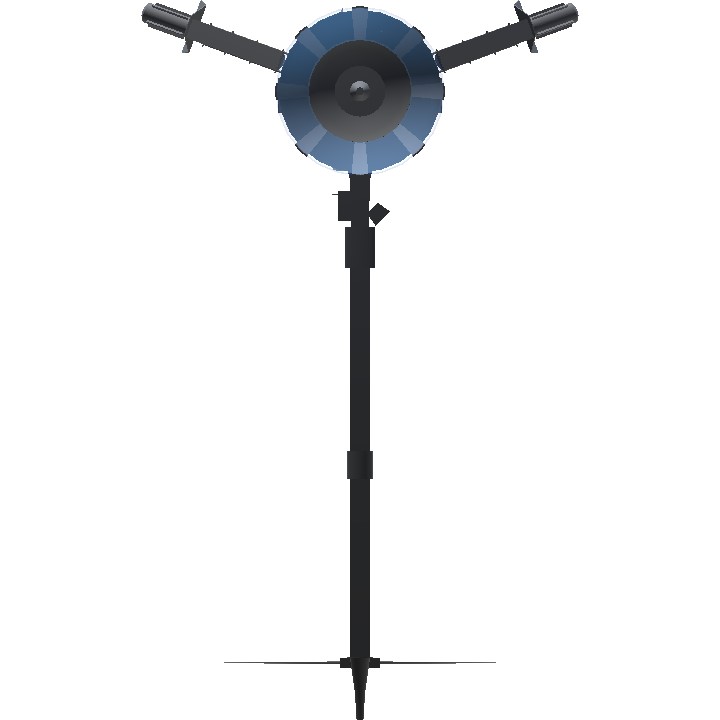
if you like rockets check out my page
why does this thing look like some sort of insanely OP ci-fi power hammer?
Ground control to major tom.
Humans after they uhhhh put a Radar mast on a long doohickey thing: "Ah yes, a suitable space probe!"
I’m gonna ask you to stop. You’re making my space nerd re-emerge (jk, keep going. This is lit.)
@ShinyGemsBro
HOW DID I MAKE MYSELF LOOK LIKE AN IDIOT?
@TheRLAF
Try to at least not make yourself look like an idiot when you call someone with an insult.
(no offense)
@ShinyGemsBro
MAYBE, BECAUSE THERE'S A WHOLE OTHER GAME, THAT'S DEDICATED TO MAKING ROCKETS, DOOFUS
(no offense)
Auto-Tag 2:
@maddoge
@Eagleman101SP
Auto-Tag 1:
@MIGFOXHOUND31BSM26
@TheNewSPplayer
@Boeing727200F
Tag Requests:
@YarisSedan
@SPsidearm
@Victoriouswings
Honorables:
@Firecharge123